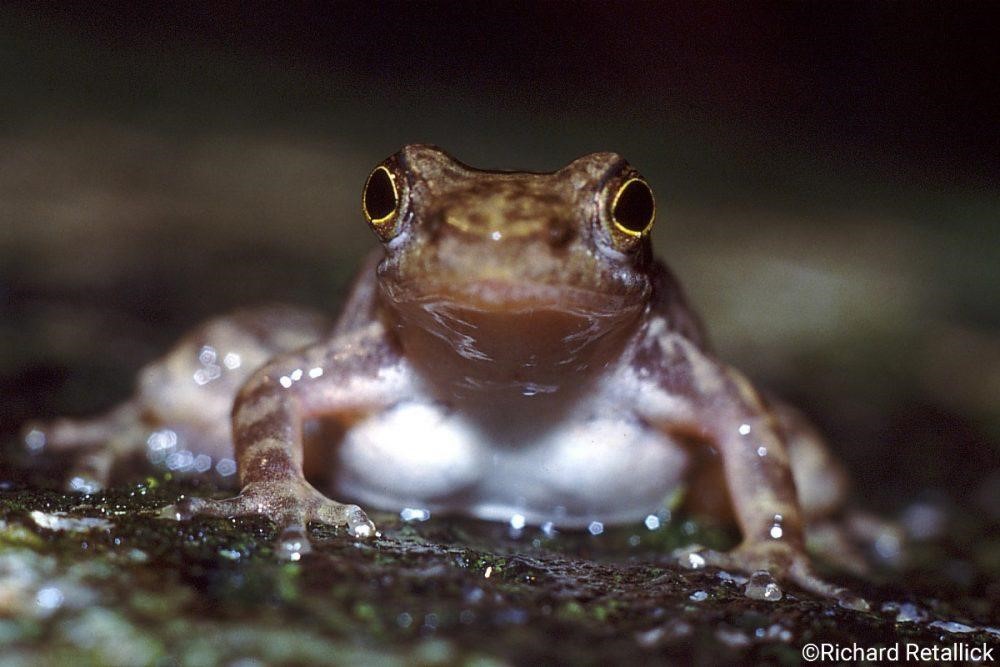Chytrid disease is one of the greatest threats to amphibians worldwide and a problem that is only increasing as it spreads across continents. Batrachochytrium dendrobatidis, shortened to Bd, is the species of fungus responsible for causing the disease chytridiomycosis (chytrid) which affects amphibians. The disease has crept under the radar, only being recognised in the mid-1990s as a contributor to amphibian decline across two continents. Since then it has spread to every continent containing amphibians and scientists are doing all they can to track and limit its distribution.
Although chytrid disease isn’t a new threat, the recent evolution of a highly infectious strain of the disease, and its subsequent distribution via the trade of live amphibians from origins in the Korean peninsula, has increased its impact. Amphibians absorb water and electrolytes through their skin and the fungus kills by thickening the skin which prevents the animal from gaining those important nutrients. Antifungal treatments work to cure chytrid but such treatments are only feasible in captivity, the challenge for the future will come from developing a method to administer it to wild populations.
The Eungella torrent frog is an example of a species hit badly by chytrid, almost going extinct in 1985-86. Their escape from the clutches of extinction has made them the poster child of evolved resistance to the fungal disease but they remain critically endangered, inhabiting a small area around Eungella National Park.
Amphibians, as well as being fundamental parts of their ecosystems, are fascinating creatures worthy of the same protection as other, more charismatic, species. Perhaps the strangest and most mysterious of the amphibians are the caecilians which you can find out more about online: http://www.thegryphon.co.uk/2019/01/16/caecilians-the-amphibian-worm-monster/
Chytrid threatens the conservation efforts to protect many of the world’s most endangered species of amphibian, but as a threat it still remains inferior to habitat loss, which affects more amphibian species than any other threat by at least a factor of four. Around 42% of amphibian species worldwide are in decline and 32% are threatened. For many of these species, chytrid is the final threat which pushes them over into extinction and so it needs to be stopped before the damage becomes irreversible.
By Anna Davison

The Eungella Day Frog

The Chytrid Fungus
image source Eungella Day Frog: http://www.edgeofexistence.org/species/eungella-day-frog
image source Chytrid Fungus: http://www.amphibianark.org/the-crisis/chytrid-fungus

